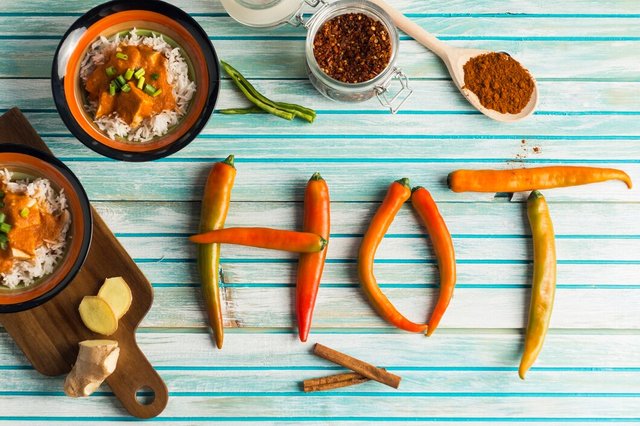Flavor in Cooking
Flavor in Cooking
Flavor may be a pivotal angle of cooking that can change a basic dish into a paramount culinary encounter. Here are a few key components and methods to construct and adjust flavors in your cooking:

Key Flavor Components
- Salt:
Upgrades the characteristic flavors of fixings and equalizations sweetness. - Fat:
Includes lavishness and carries other flavors. Cases incorporate butter, oils, and cream. - Corrosive:
Brightens and equalizations flavors. Common sources are citrus juices, vinegar, and tomatoes. - Warm:
Cooking strategies like burning, heating, or flame broiling can create complex flavors. - Sweetness:
Equalizations severity and acridity. Sources incorporate sugar, nectar, and natural products. - Intensity:
Includes profundity and complexity. Found in fixings like dull verdant greens and coffee. - Umami:
A savory taste found in nourishments like mushrooms, soy sauce, and matured cheeses¹².
Strategies to Construct Flavor
- Layering:
Include fixings in stages to construct profundity. For case, sautéing onions and garlic some time recently including other vegetables. - Browning:
Burning meat or vegetables to create a wealthy, caramelized flavor. - Deglazing:
Including fluid to a hot container to break down the flavorful bits stuck to the foot. - Decreasing:
Stewing fluids to concentrate flavors. - Adjusting:
Combining distinctive flavor components to attain a concordant taste. For occurrence, including a sprinkle of vinegar to a wealthy stew to brighten it up³.
By understanding and applying these components and methods, you'll create dishes that are well-balanced and full of flavor. Do you have got a favorite dish you'd like to improve with these tips
Sort: Trending
[-]
successgr.with (74) 21 days ago
